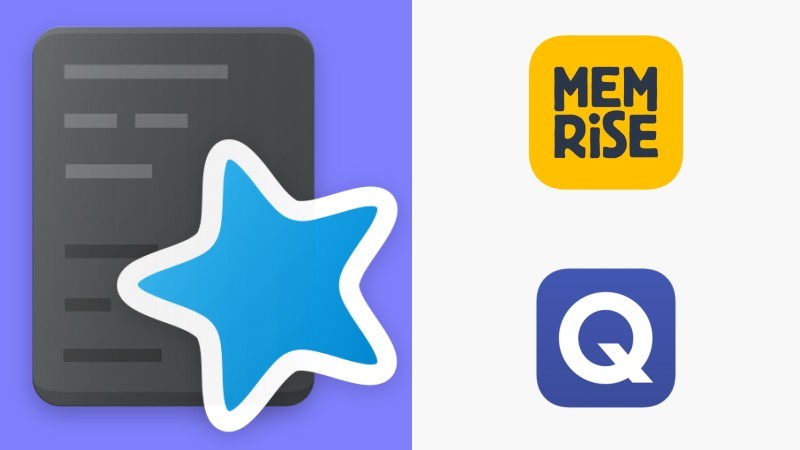Learning Japanese is a challenge that requires dedication, constant practice and the use of effective methods. Two of the most popular methods among Japanese learners are Anki, a spaced repetition system (SRS), and reading Japanese materials. Both have their merits, but which is the best option for you? In this article, we'll compare these two approaches and help you decide which one best suits your learning style.
Table of Content
What is Anki and How Does It Work?
The Structure of the Spaced Repetition System (SRS)
Anki is a tool based on the Spaced Repetition System (SRS), designed to optimize information retention. It works by scheduling reviews of words or phrases at calculated time intervals so that you review them just as you are about to forget them. This technique is especially effective for memorizing low-frequency vocabulary, those words you don't come across as often in everyday life, but which are still important for a good command of the language.
Advantages of using Anki
- Time Efficiency: With Anki, you can revise a large number of words in just 10 minutes a day.
- Focus on Rare WordsIdeal for memorizing less common words that you won't come across often in everyday reading.
- PersonalizationAnki allows you to create personalized decks, adapting your study to your specific needs.
When does Anki become essential?
Anki is particularly useful in the early stages of learning Japanese. When you're building up your basic vocabulary, the ability to repeatedly review new words is crucial to solidifying your base. In addition, Anki is an excellent tool for revisiting words you learned a long time ago, ensuring that they remain fresh in your memory.

Reading as a Natural Alternative
What Makes Reading a Powerful Tool?
Reading is often considered the "natural SRS". When you read in Japanese, you are exposed to words and phrases repeatedly, but in different contexts. This helps reinforce vocabulary in a more organic and less repetitive way than Anki. What's more, reading is engaging and fun, which can make the learning process more enjoyable.
Benefits of Reading
- Real context: Reading gives context to words, helping you to understand how they are used in real life.
- Fun and immersion: Reading material you like, such as manga, novels or Japanese blogs, makes learning more enjoyable and less forced.
- Vocabulary ExposureWhen you read a series of books or materials by the same author, you will find repeated terms, reinforcing your knowledge in a natural way.
Reading vs. Anki: When is Reading More Effective?
Reading becomes more effective as you progress in your Japanese learning. Once you have a solid foundation, reading can help you expand your vocabulary and improve your reading comprehension. What's more, if you're looking for a more fun and less mechanical way of learning, reading could be the way to go.

How to Integrate Anki and Reading into Your Study?
Using Anki and Reading Together
Although both methods have their advantages, a combined approach can be the most effective. You can use Anki to memorize words you come across in your readings that you don't yet know well. At the same time, reading can serve as a reinforcement for the vocabulary you've already learned in Anki, providing a rich and varied context.
Tips for Combining Anki and Reading
- Start with AnkiIn the early stages, use Anki to build up your basic vocabulary.
- Introduce Reading GraduallyAs your vocabulary grows, start reading Japanese texts every day, even for just 10 minutes.
- Adapt Your Anki DecksAdd words you find in your readings to your Anki decks to review them later.
- Choose Interesting Reads: Focus on books, manga or blogs on topics you already know, to make it easier to understand and keep you interested.
Conclusion: What's the Best Option for You?
The choice between Anki and reading depends on your learning style, level of Japanese and personal goals. Anki is a powerful tool for building a solid foundation and revising vocabulary efficiently, while reading offers a more natural and fun way to expand your knowledge. Combining both methods can give you the best of both worlds, allowing you to achieve fluency in Japanese in a balanced and effective way.
Try both approaches and find out which works best for you. Share your experiences in the comments and keep following our content for more tips on how to learn Japanese efficiently and enjoyably!
